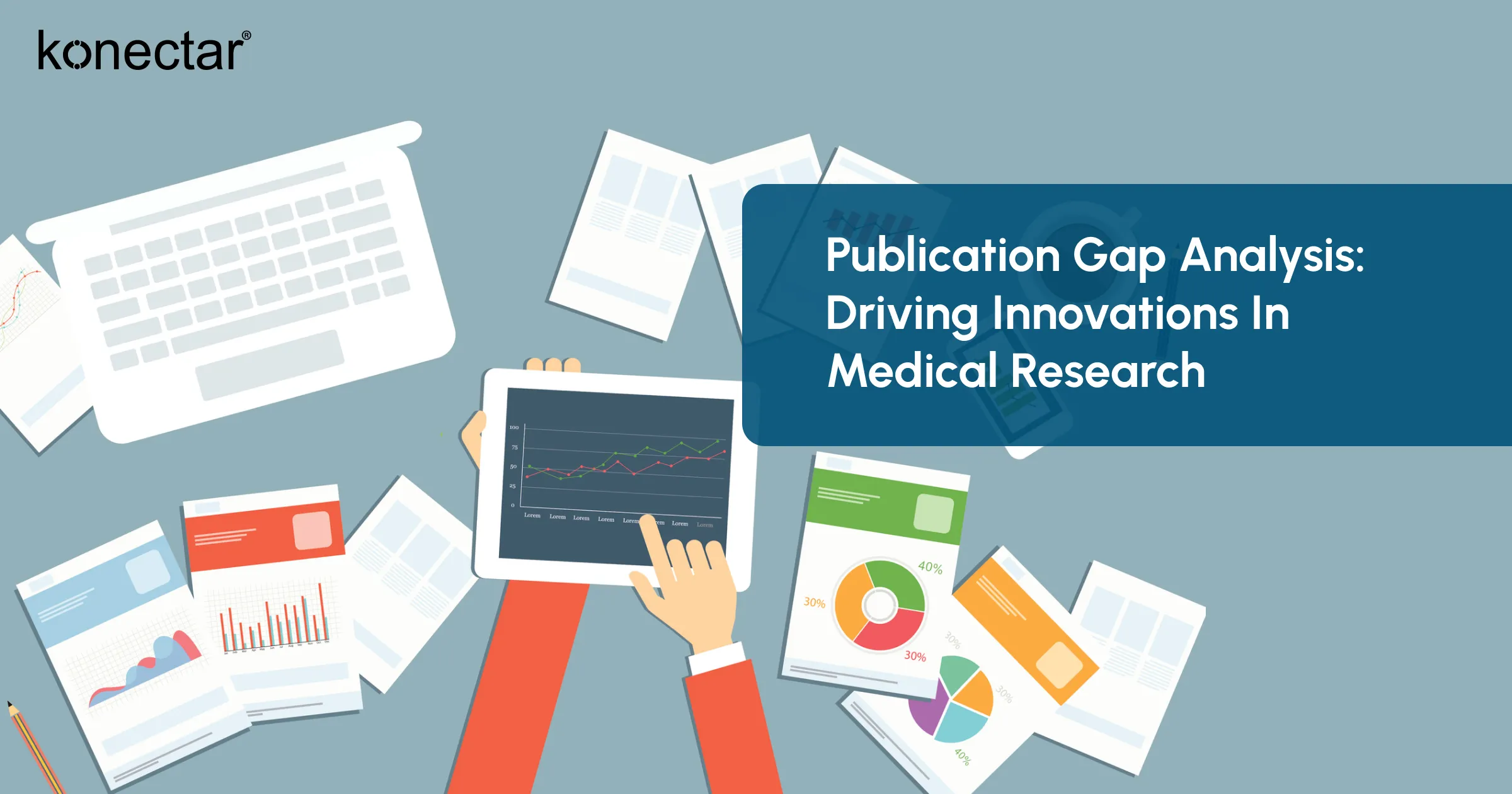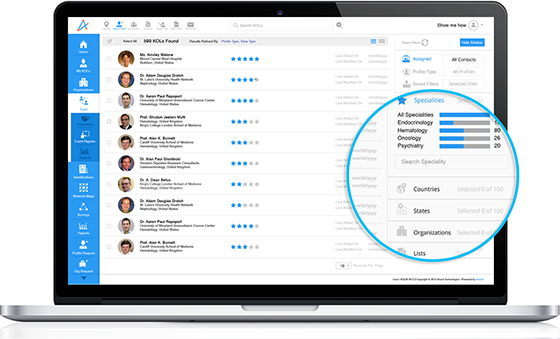22-08-2024
Publication Gap Analysis: Driving Innovations in Medical Research

In the pharmaceutical and medical device sectors, publication gap analysis is a crucial step in planning publications about a drug product, medical device, medical procedure, or therapeutic area. This analysis evaluates the representation of a drug in medical literature and at scientific conferences and identifies whether critical information is adequately covered or if additional coverage is necessary.
In this article:
Medical publication gap analysis began gaining prominence in the early 2000s when healthcare professionals and researchers increasingly recognized the need to address gaps in the medical literature. The rise of evidence-based medicine and the emphasis on comprehensive data-driven research contributed to the development of publication gap analysis.
Key Components of a Gap Analysis
A gap analysis typically includes several key types of information:
-
Therapeutic Indications:It details the specific medical conditions or diseases that a drug, device, or procedure is intended to address, highlighting areas with insufficient coverage.
-
Publications Volume/Quantity:This assesses the number of publications available on the topic, providing insight into the breadth of current literature.
-
Types of Articles: This includes an analysis of the various types of articles—such as primary research, reviews, or case studies—available in the literature.
-
Quality of Data/Strength of Evidence:It evaluates the reliability and robustness of the data presented in existing publications.
-
Profile of Publications/Presentations Over Time:This examines how the coverage of the topic has evolved over time, including trends and shifts in focus.
-
Types of Journals or Congresses:This looks at where the research is published, whether in specific journals or presented at particular congresses, to understand the platforms used.
-
Ongoing Clinical Trials:It reviews active clinical trials listed on platforms like ClinicalTrials.gov to identify emerging data or research gaps.
-
Key Medical Communication Points: This identifies crucial messages and information that should be communicated to fill gaps in current literature.
Methodologies for Publication Gap Analysis
-
Qualitative Assessment: This involves reviewing major presentations and publications to evaluate detailed aspects of a specific indication or therapeutic area. It focuses on understanding the depth and quality of information and identifying specific areas where knowledge is lacking.
-
Quantitative Assessment: This involves analyzing numerical data to compare publication activity. It provides a measurable view of the volume and frequency of publications, helping to identify areas with insufficient coverage.
-
Hybrid Approach: Most gap analyses combine both qualitative and quantitative methods. This comprehensive approach allows for a detailed understanding of both the quality and quantity of information, addressing client needs for a thorough evaluation of gaps in the literature.
Potential Pitfalls in Conducting a Gap Analysis with Traditional Methods
-
Too Little Interpretation: Failing to use the analysis to update plans or tactics can render the process ineffective, as it misses the opportunity to guide strategic decisions.
-
Lack of Depth:A superficial analysis, such as simply counting PubMed hits, isn't sufficient. Without deeper insights, the analysis may overlook critical gaps in knowledge.
-
Too Much Detail:Over-analyzing minor gaps that don't contribute significant value can lead to unnecessary complexity, diverting attention from more impactful strategies.
-
Confirmation Bias: Using the analysis merely to reinforce the current strategy, rather than objectively identifying gaps, can prevent meaningful improvements.
-
Resource Intensiveness: Conducting a gap analysis manually can be highly time-consuming and labor-intensive. It often requires sifting through vast amounts of data, literature, and publications, which can strain resources and extend timelines. This extensive effort might detract from other critical tasks, making the process less efficient and more costly if not managed carefully.
Harnessing konectar Publication Gap Analysis
konectar publication gap analysis enables life science teams to quickly identify trends and gaps in the literature. By analyzing publication trends and highlighting areas with limited or no research, the report enables teams to focus on high-priority study areas and develop strategic research initiatives that address unmet needs and emerging trends in the field.
Conclusion
Beyond simply addressing gaps in the literature, the publication gap analysis plays a crucial role in shaping future research directions and the development of new therapies and technologies. By continuously refining the approach to publication gap analysis using advanced analytical tools, life sciences companies can maintain a competitive edge and contribute to meaningful advancements in healthcare. Schedule a free demo with our experts today to discover how our publication gap analysis report can enhance your drug program's chances of regulatory approval and commercial success.
FAQs
-
What is publication gap analysis?
Publication gap analysis is a method used to evaluate the representation of a drug, device, or medical procedure in medical literature and scientific conferences. It helps identify areas where information is lacking and where further research or publication may be needed.
-
Why is publication gap analysis important?
It is important because it helps companies understand how well their product or therapeutic area is covered in existing literature. This insight allows them to address any gaps, refine their research strategies, and enhance their competitive positioning in the market.
-
How can konectar help with publication gap analysis?
konectar publication gap analysis reports provide insights into trends and gaps in the literature, allowing life science teams to focus their research efforts on high-impact areas.
-
What are some common pitfalls in traditional gap analysis methods?
Common pitfalls include inadequate data interpretation, superficial analysis, overemphasis on minor gaps, confirmation bias, and the resource-intensive nature of manual analysis. These issues can lead to ineffective or inefficient outcomes.





